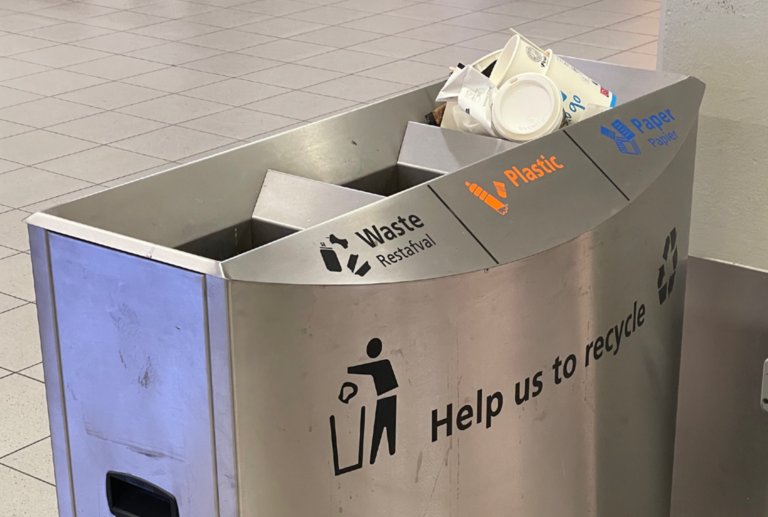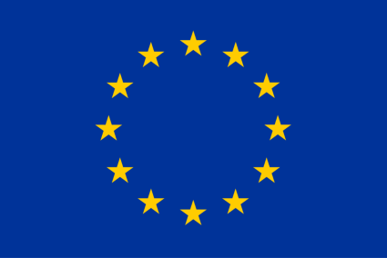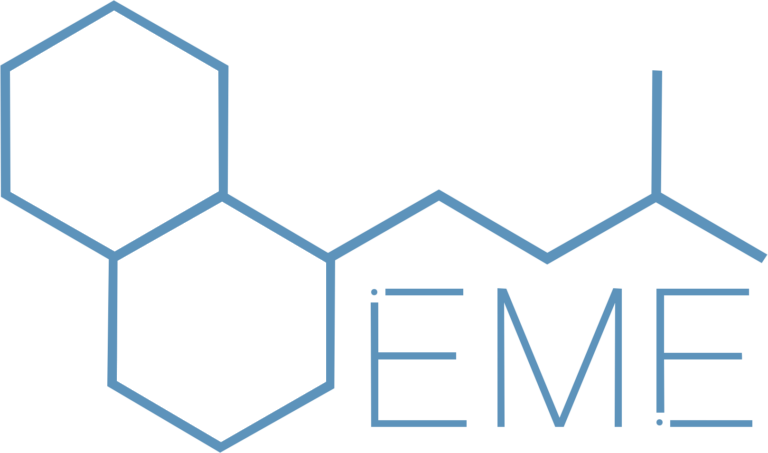The project began by exploring the FF3 bin’s context, including its attributes, pilot tests, waste mapping, and user ecosystem. Design conclusions were drawn to align bin elements with Dutch recycling standards, enhance signage visibility, accommodate waste types, prioritize separation, and consider user perspectives. Insights were gained through stakeholder interviews, observations, and engagements with relevant organizations like airports and bin manufacturers. Design adjustments included organic waste separation, cultural diversity accommodation, and communication enhancement. Behavioural analysis using the FOGG model led to strategies for improved separation ability and motivation, accounting for cultural differences. These conclusions formed the problem statement, which could be translated into a roadmap. The roadmap guides actions to enhance waste separation ability and motivation. The iterative design process utilized this foundation, leading to the ‘Time To Waste’ proposal integrating an FF3 bin skin, campaign, and projectors. This project offered Schiphol insights into how to tackle its zero waste and circular goals, along with a strategic plan for others to achieve similar objectives.
For all resources detailing this project, please refer to this link.



